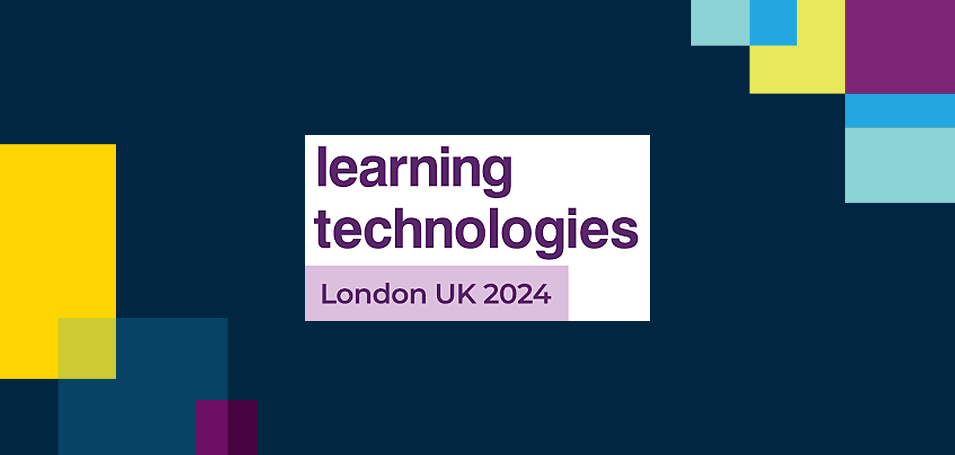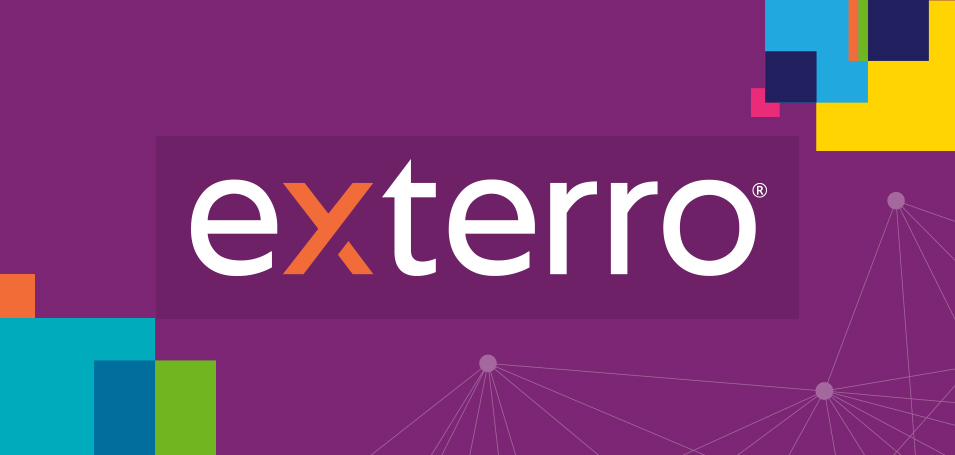If the pandemic has taught us anything, it’s the power of resilience. Organizations across the world have had to reinvent how they reach their customers, their extended enterprise, and their partners – and along the way, many have realized the full potential of their digital learning platforms in a market that went virtual overnight.
As we move now into the next “normal,” how will your organization apply what you’ve learned and adapted to in this experience? Thought Industries CEO, Barry Kelly, spoke with customers and partners in a recent webinar as to how they overcame pandemic-related barriers to create a more agile, modern customer learning program – and how they’re moving it forward into the future.
Below are 3 key takeaways from Barry’s conversation with these industry leaders on adapting and building resilience:
1. Leverage digital tools with a goal-oriented mindset
For the Learning Design team at Gallup, a range of digital tools were already adopted before the pandemic hit – Zoom, Thought Industries, collaboration tools, and more – which made the overnight transition smoother than it otherwise would have been. However, now that the organization is leaning on these platforms with increased intensity, they’re thinking more about the outcomes of each initiative, rather than the tools used along the way.
If your organization has adopted a huge increase in Zoom or Microsoft Teams meetings, for example, you might think about the ultimate goal of any given meeting or project, and consider how to incorporate other tools to boost the impact of the overall initiative. If using your learning software in tandem with check-ins over Zoom or Slack seems to work well for your learners, lean into that fit and build a more blended learning experience, rather than restricting each tool to a silo.
2. Don’t aim for a direct transfer from in-person to digital
Josh Goldberg, Co-Founder & Executive Director at Boulder Crest Institute, brought interesting insight into the value of in-person versus digital connection. “Obviously, the in-person piece stopped being an option,” says Goldberg, “but now we have to be realistic about just shifting virtual.” Boulder Crest, a leader in post-traumatic growth for veterans and first responders, relies deeply on the ability to create connection with users of their programs. Goldberg was candid about the drawbacks for users already struggling with isolation to then engage with Zoom for hours at a time. “However, access to platforms like [Thought Industries] are what allowed us to reach a wider community and build a wider-reaching course, and we ended up with something really valuable.”
Simply moving an existing program to a digital platform and believing that digital transformation has taken place is misguided – at Gallup, too, this process was not a 1:1 shift. Instead, the massive changes brought by the pandemic have necessitated a permanent shift in how employees at Gallup think about digital. While certain elements may be similar, the way the pieces of a learning program fit together is now more flexible – and less defined – than ever before.
“It’s not about trying to write the formula,” explains Barry Kelly, “that’s why our platform is designed to support any combination of things and learning preferences. If you look at the thousands and thousands of experiences that have been created on Thought Industries’ platform, they’re all different. How much learning should be done outside the learning component versus live? It’s different every time, and it’s about always iterating.”
3. Understand your learner’s context to deliver the best possible experience
Sometimes the best path forward is the simplest. For organizations still struggling with the right approach to delivering a digital learning experience for customers, understanding your user’s environment, needs, and goals is a valuable place to start.
Chris Nekvinda, SVP of Global Learning Operations at Cannon Financial, found surprising results when their in-person classroom experience was no longer an option. “In an environment like [Thought Industries,]” says Nekvinda, “the social and interactive aspects that go into it mean that more people would then get feedback from subject matter experts than they would even in a live classroom. There’s a bigger feedback element, and the workflow has really changed for everyone… We’re finding that folks are using time with flex pieces to practice and repeat things, which just wouldn’t happen in a Zoom or Instructor-Led Training session.”
This is a combination of using and adopting digital tools to their full extent, as well as keeping one eye on the perspective of your learners. “Empathy and behavior change can only happen when you’re thinking about your user’s context,” says Barry Kelly. “It’s so critical to understanding where they’re coming from, so you can meet them where they are.” Finding the right balance and mixture of digital platforms for your organization is daunting if you consider it one standalone task – but starting with a single element, like Cannon’s interactive classrooms, and building on what works (and what doesn’t) can lead you toward a virtual experience that engages and impacts every learner.
With an onus on the learning industry to connect and use virtual tools to not only produce results, but help folks actually enjoy the process of learning, the landscape of customer education has never been more exciting. After the immense challenges of the pandemic, a focus on adaptability, human connection, and leveraging tools to meet your needs is a tall order that likely won’t happen in a single Zoom meeting. You need systems in a virtual world to build expertise and skills, and drive the impact you’re looking for.


